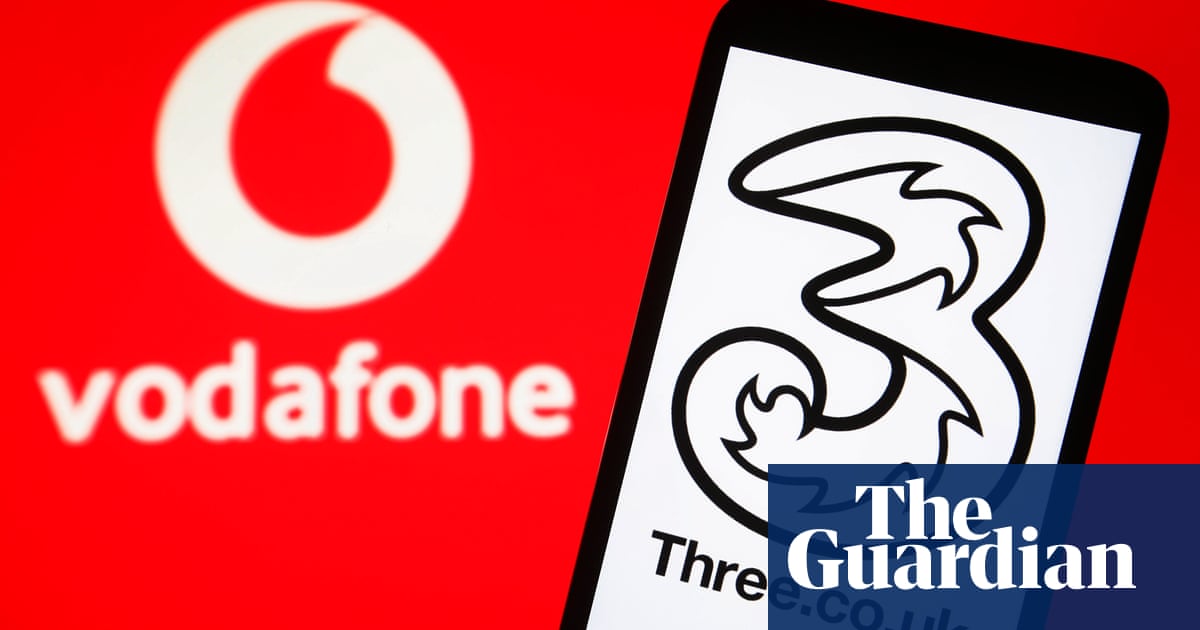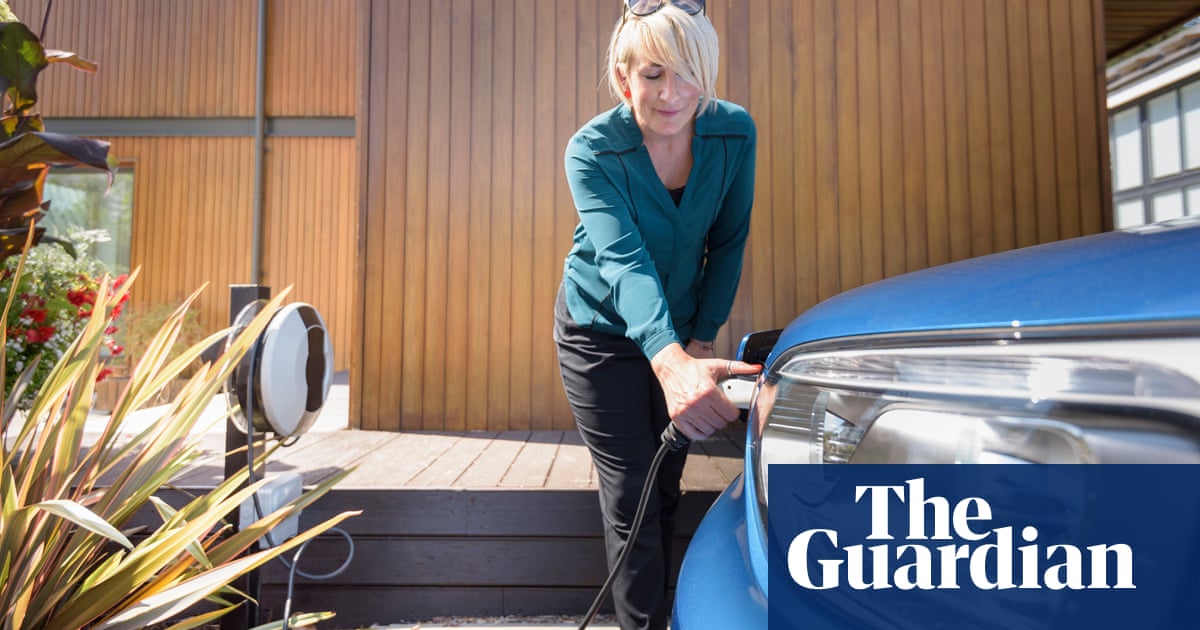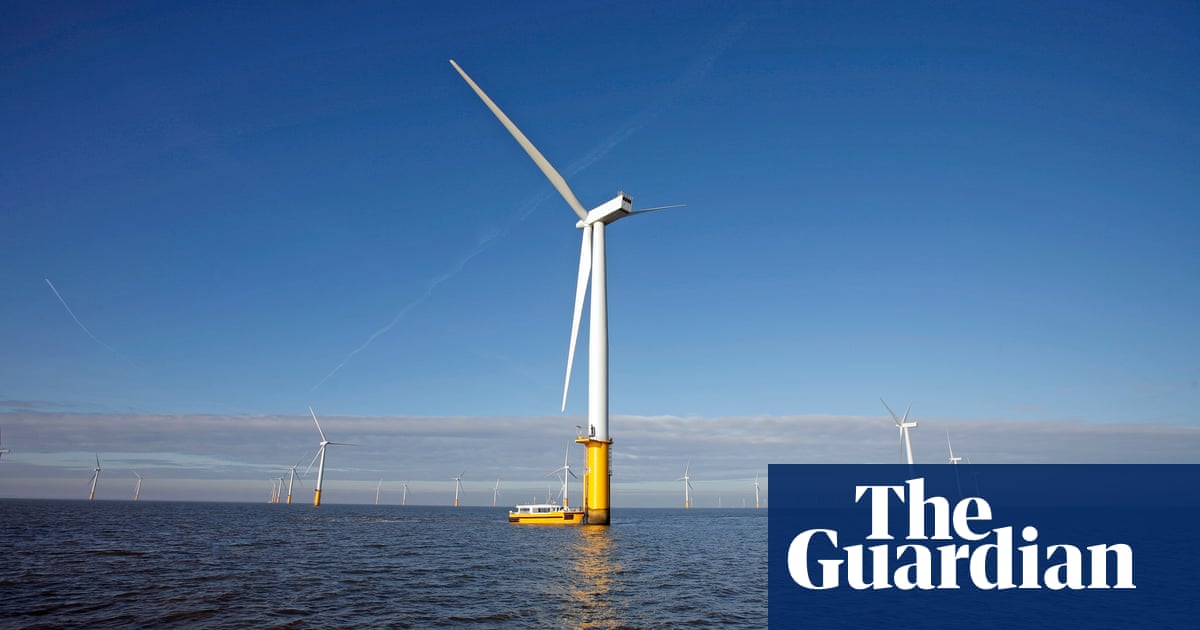
ou’ve taken delivery of a shiny new electric car, and the plug-in charger is being installed next week. You’re almost ready to go – just don’t forget to switch to a specialist electricity tariff. If you don’t, your bills could end up at least £300 a year higher than they need to be.
Over the past few years, most of the big electricity suppliers have launched tariffs aimed at the growing number of electric vehicle (EV) owners who need to charge them up at home.
These tariffs, which are reminiscent of the Economy 7 deals popular in the 70s, typically reward drivers who are happy to charge their cars during the off-peak hours with the lowest prices. With most cars parked at home overnight, this is likely to apply to many owners.
Instead of the 12p-15p/kWh that most of us pay for each unit of our everyday electricity, users on the specialist tariffs can reduce the cost to 4.5p-5p/kWh at night. In some rare cases, owners will even be paid to charge their cars because there is excess capacity in the grid.
Despite the big savings, a surprising number of EV owners haven’t cottoned on to the fact that these tariffs even exist, and are therefore overpaying for their electricity as a result, say experts.
“You’d be amazed at the number of people who spend hours researching which electric car to buy or lease but don’t consider how they are going to charge it up at home,” says Laura Thomson, a co-founder of the specialist comparison website PowermyEV.co.uk. “Getting yourself on a specialist EV electricity tariff is not only one of the greenest things you can do, it will also save you hundreds of pounds a year.”
Until recently, Octopus Energy was the go-to electricity supplier for anyone charging an EV at home, with its Go tariff offering the best rate. While its tariffs will still be the cheapest deal for many EV owners, the company is facing growing competition from firms such as EDF, which has been pushing its new GoElectric 35 EV tariff.
On these deals, EV owners are typically paying a little over 1p a mile to power their cars. The last time driving costs were that low was the early 1970s, according to EDF.
So how do you find the right EV tariff for you?
As ever with energy deals, the best deal will vary according to your circumstances and consumption requirements. The Power My EV website is not perfect but it’s a great starting point that will calculate which tariff is best for your particular usage.
To find a deal you need to input details of your car, how much you drive, and your other home energy use, and the site does the rest. For ease, we found that it was better to exclude gas usage from the calculation.
We found a Renault Zoe owner who drives 10,000 miles a year, including a commute four days a week, and charges up at their Hertfordshire home would save more than £330 a year by being on the cheapest EV tariff.
PowerMyEV calculated that Octopus Energy’s Agile tariff at £617 would be the cheapest option – this compared with £950 a year on their supplier’s standard tariff. These figures assume a medium-sized home, with average electricity consumption apart from EV charging.
The Agile deal is unusual in that it comes with dynamic pricing that reflects the wholesale cost of power at that time – which will suit some households but not everyone.
Octopus’s more conventional Go tariff, which offers four hours a night of cheap charging, was in second place at £653 a year.
EDF’s Go Electric 98 tariff was in third place at £752 a year, while Ovo Energy’s EV Everywhere deal (£1,084 a year) includes access to the BP Pulse network of public chargers.
Before you rush to sign up, there are a few caveats. Most suppliers will require you to fit a smart meter to your property before you can switch to one of their EV tariffs. If you can’t do this yet – a lack of mobile phone coverage will stymie some smart meter fittings in rural areas – it’s worth looking into having an Economy 7 or Economy 10 meter fitted to your property. This will allow you to take advantage of cheaper rates at off-peak times on several tariffs.
Tariff varies cost as wholesale prices move
Octopus’s Agile tariff is something of a first in that the price charged for each unit of electricity varies throughout the day. It is determined by how much renewable power is being generated, which in turn reflects wholesale costs.
Users get very low cost electricity – in some rare cases negative prices – when it is windy or sunny, and supply from renewable sources exceeds demand. Over the last 12 months, there were 31 times when unit prices dropped below 2p/kWh, the company says.
The downside of the tariff is that customers pay much higher electricity prices at peak times, between 7am and 9am and 4pm-7pm – meaning tea and toast for breakfast may be banned in some households.
Prices for the following day are published at 4pm, allowing users to adjust their behaviour and to take advantage of the lowest rates. Besides charging a car, users can plan to run the dishwasher and washing machine, the immersion heaters, etc – all at the cheapest times. Gadget fiends will love this tariff. There is a strong green element, too, as you are powering your home using excess capacity in the grid.












